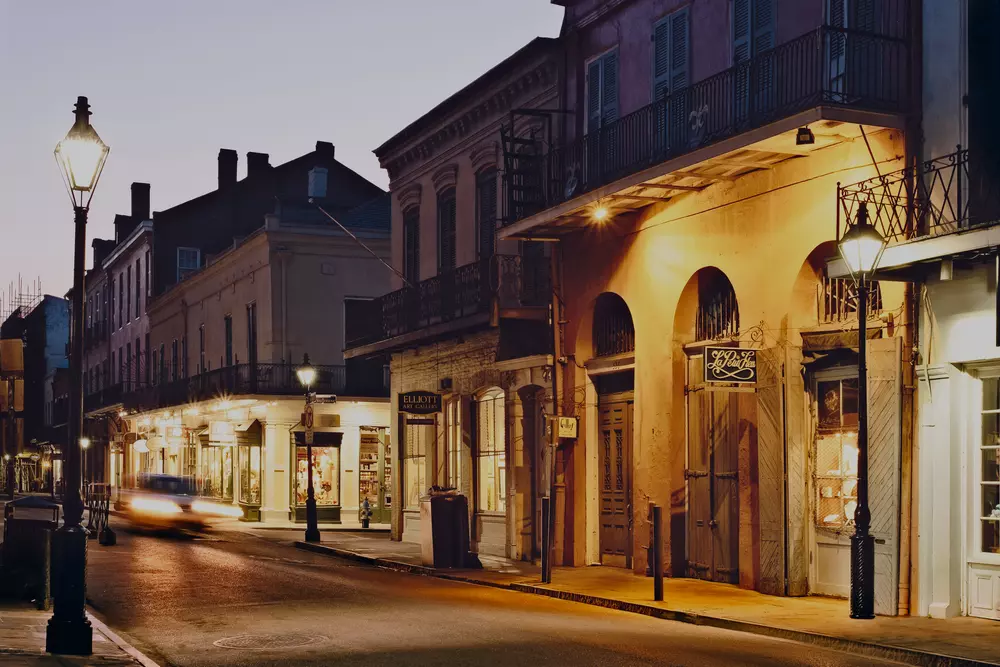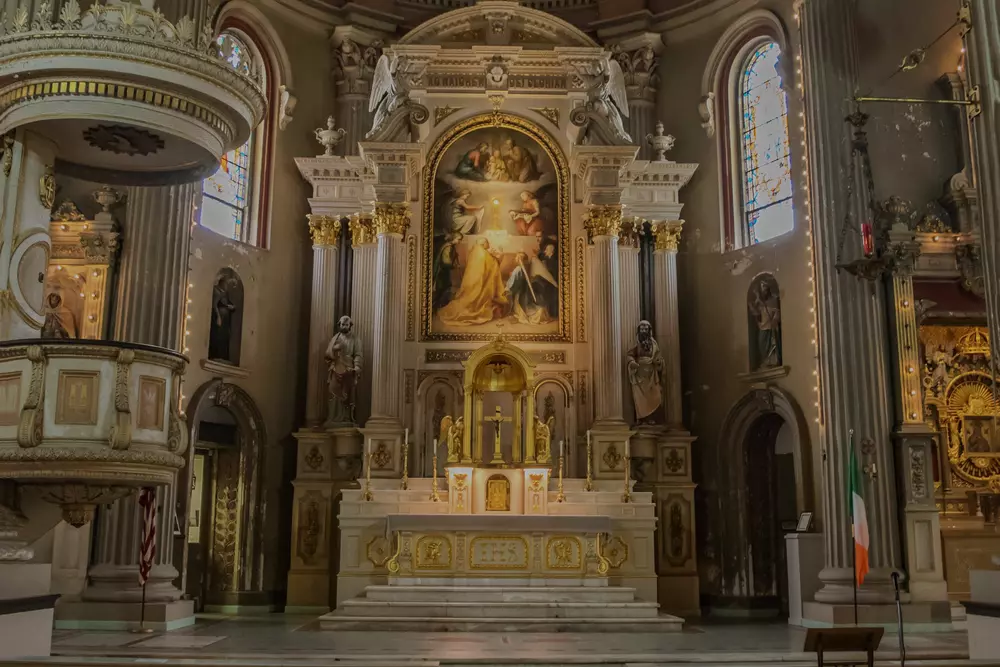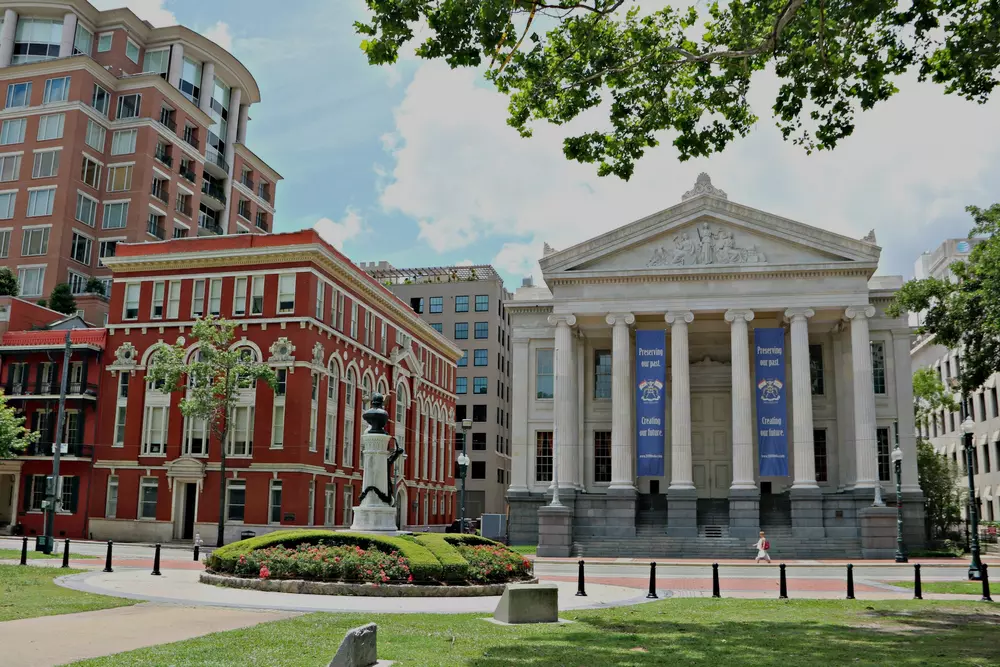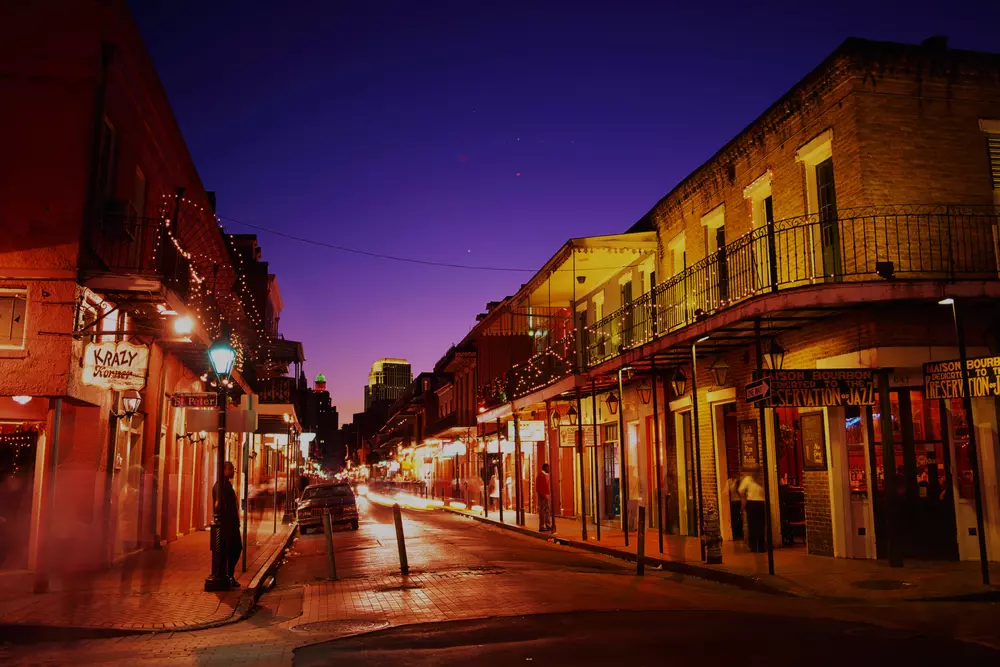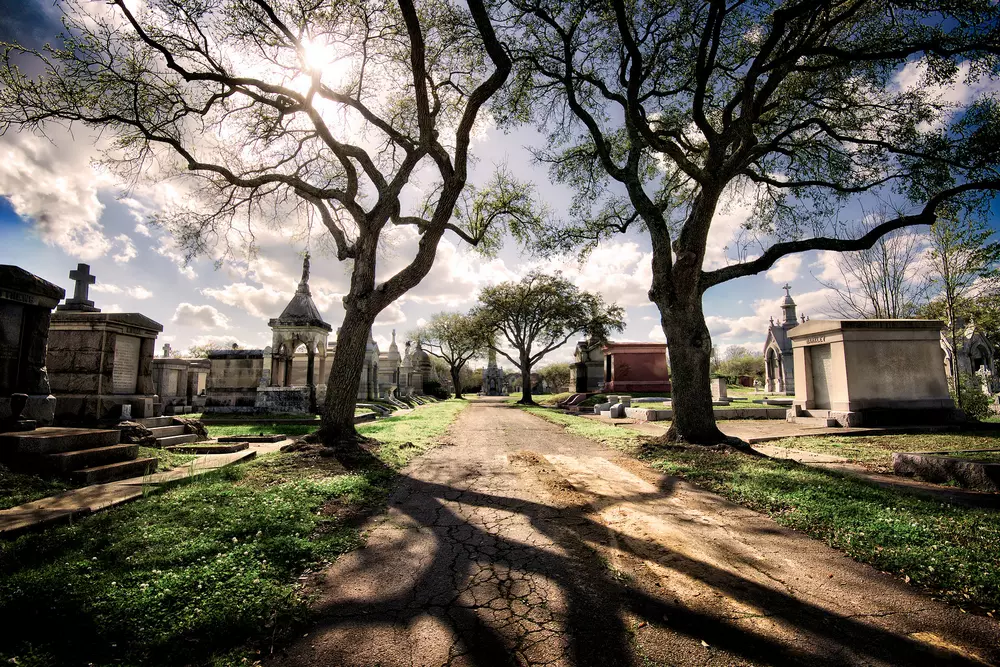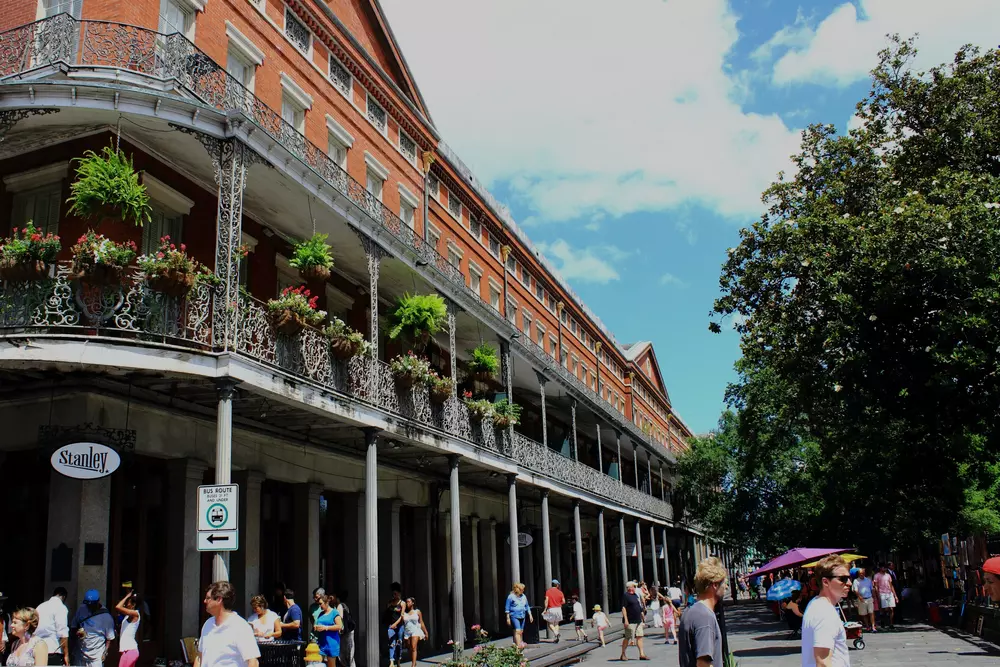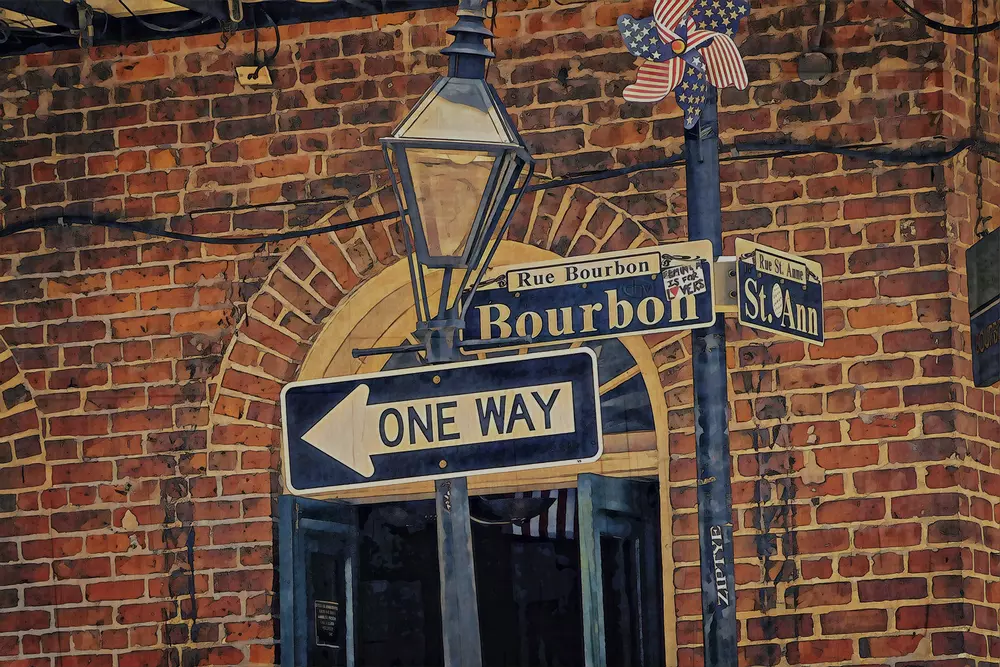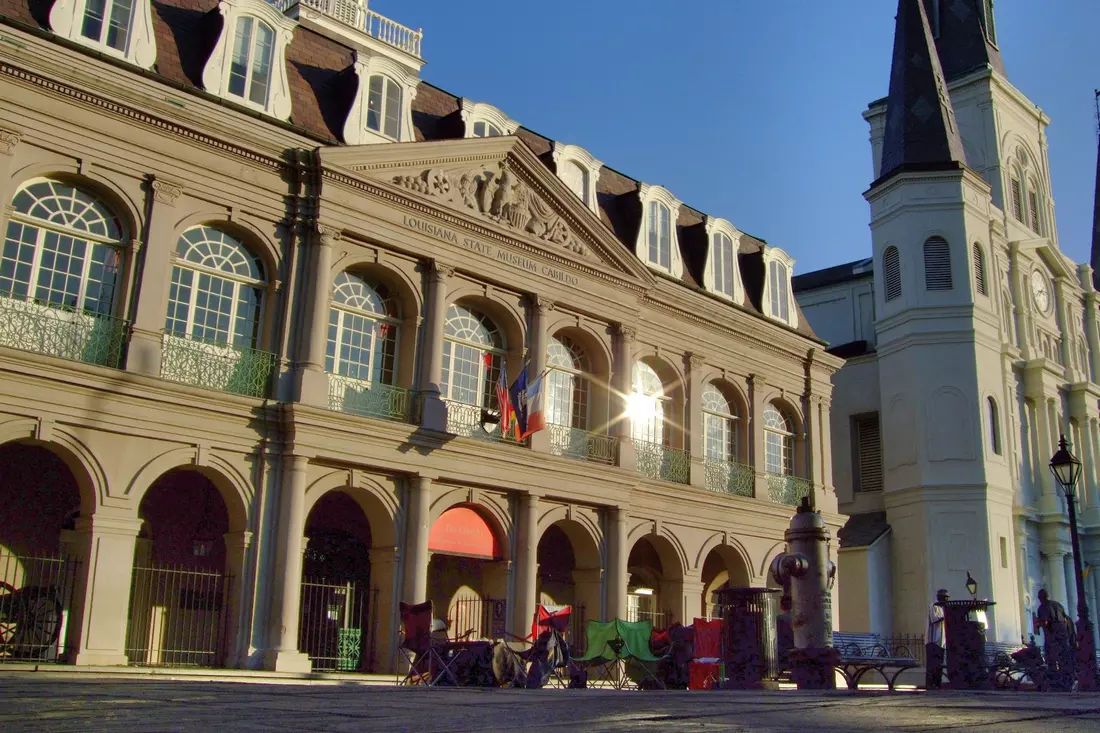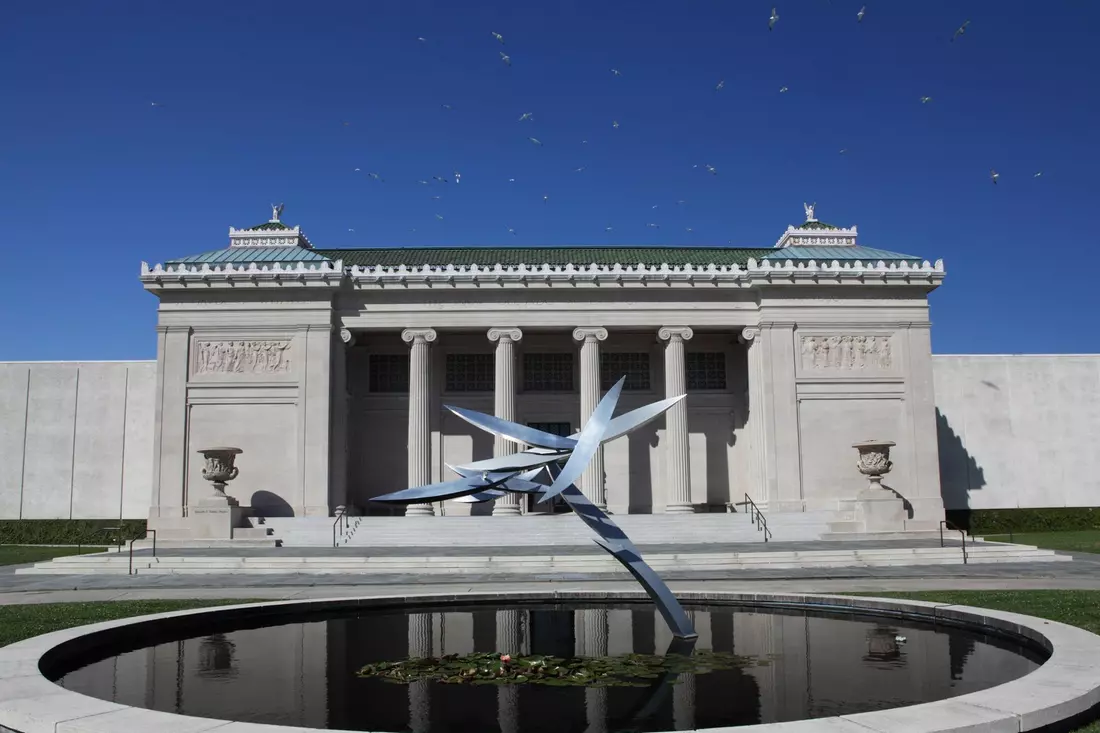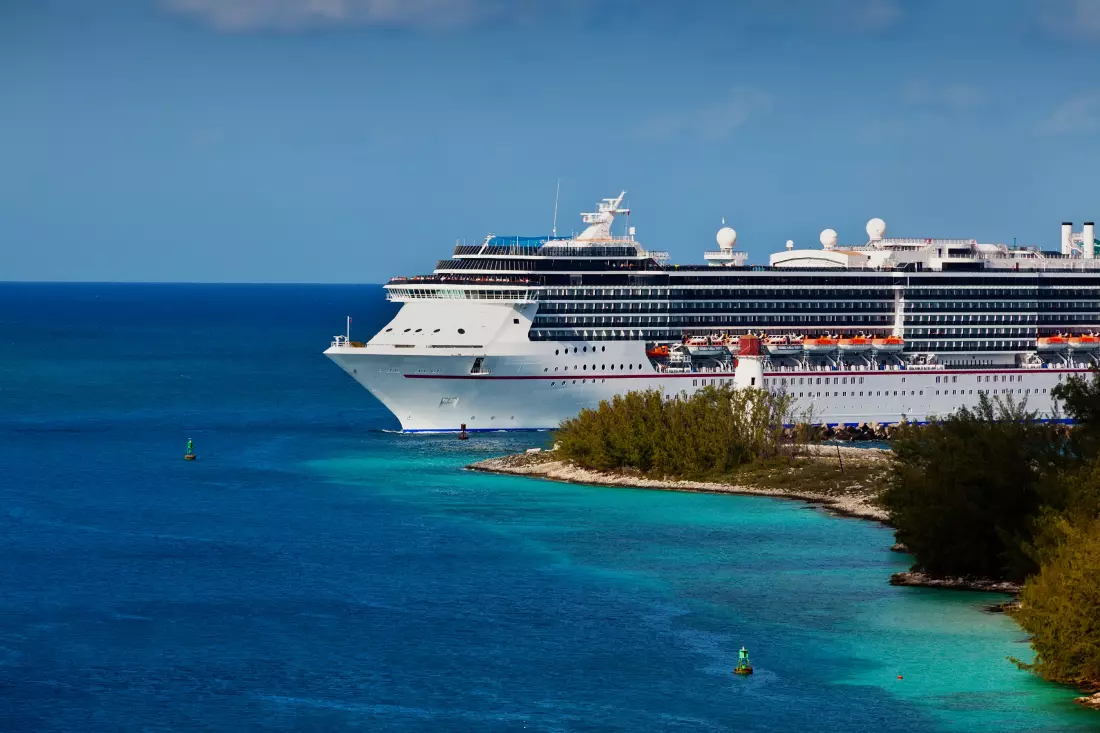New Orleans' Cultural Diversity
New Orleans, affectionately known as "Big Easy" and the largest city in Louisiana, is unique in its atmosphere where French, African, and Caribbean cultures merge. This city is the cradle of jazz and American opera, where nothing resembles the typical American setup — from its unusual architecture and colorful inhabitants to its distinctive cuisine and laid-back vibe. The subtropical climate produces hot and humid summers and mild winters, with temperatures rarely falling below 10°C.
New Orleans is not only rich in history and culture but also offers a plethora of attractions. From the picturesque French Quarter with its historic buildings and music echoing from every corner to the quiet streets of the Garden District with its luxurious mansions.
The city offers each visitor a unique journey into a world of cultural diversity and historical richness.

Наши статьи
Наши статьи
Features of New Orleans
New Orleans is a city that comes alive at night with its vibrant nightclubs, an abundance of bars offering exquisite alcoholic beverages, and numerous casinos. It may not be the best choice for a family vacation with children, but it's perfect for those seeking nightlife and a fun atmosphere.
The culinary heritage of New Orleans is deeply rooted in its French past, reflected in the variety and uniqueness of local dishes. Forget about standard burgers and sandwiches; here, you will find exotic flavors: turtle soup, dishes made from crocodile meat, and the famous crab pie, which is definitely worth trying.
Mardi Gras, usually held in February or March, is one of the city's most vibrant events. This celebration envelops the entire urban environment, with streets filled with colorful parades, decorated wheeled platforms, and people in bright costumes. Spectators can enjoy the spectacle or even participate in the parade, if they're lucky enough to get permission from the organizers.
However, it should be noted that finding accommodation in New Orleans during Mardi Gras becomes a challenging task. Tourists book rooms many months in advance, and the remaining accommodation options can cost up to $1000 per night due to high demand.

Brief history of the city
The history of New Orleans began with its discovery by Spanish explorers in the 16th century. Two hundred years later, the territory was acquired by the French, who established the Port of Nouvelle Orleans in 1718, marking the beginning of the city's history. Louisiana Governor Jean-Baptiste Le Moyne de Bienville actively contributed to the city's development. However, New Orleans soon came under Spanish control and was later sold to the United States by Napoleon Bonaparte in 1800.
At that time, New Orleans had a population of 10,000, half of whom were slaves. The unique local laws allowed slaves to earn their freedom and occupy high positions in society. The city rapidly developed, its population grew, and the port became an important trading and slaveholding center. This growth attracted the interest of England, leading to the Battle of New Orleans in 1815, where the British were defeated.
By 1840, New Orleans had become the fourth-largest city in the U.S. with a population of 100,000. The Civil War largely bypassed the city, and in 1893, tramway transportation was introduced. The early 20th century marked the emergence of jazz culture, but the city gradually entered a period of decline, overshadowed by other Southern U.S. cities. World War II further undermined trade and industry, and racial conflicts escalated, leading to a white flight.
In 2005, Hurricane Katrina caused significant destruction in New Orleans, leading to the breach of protective levees and flooding 80% of the city. This event was a critical moment in the history of New Orleans, initiating a process of recovery and renewal. Despite the challenges faced, New Orleans continues to be a vibrant and dynamic city where culture and history are intricately woven with modern life.
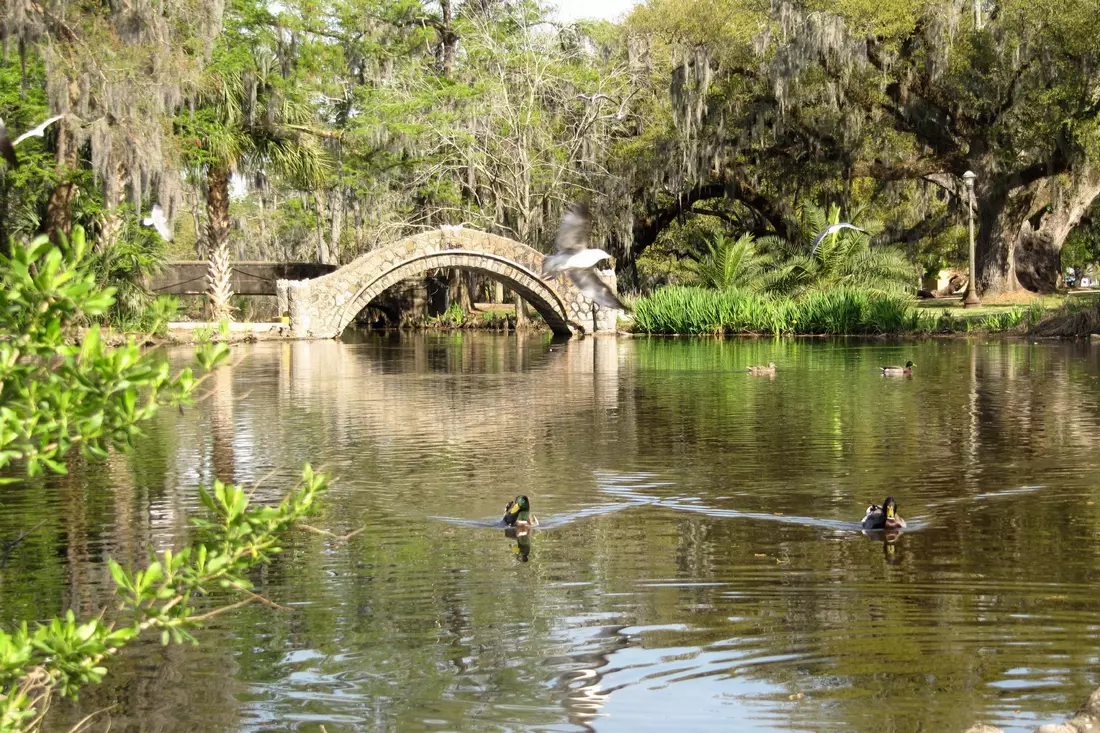
Only the oldest districts remained intact. The oil industry, river transportation and tourism helped the city recover.
What to see in New Orleans
- French quarter
The historic center of the city. After the big fires at the end of the XVIII century, everything was built up here with small patterned houses. The houses show how the architecture of France and the flavor of America have come together. Jackson Square passes through the block, where you can find the statue of General Andrew Jackson and the cathedral Saint Louis. There are especially many fortune-tellers, musicians and artists. The French market sprawls by the river: a mixture of souvenir shops, stalls with vegetables and fruits, restaurants. And all this is accompanied by jazz music in the background. - New Orleans Museum of Art
The museum opened in 1911. He has a collection of art works from France, America, Africa and Japan. 40 thousand exhibits are collected here, including paintings by Monet, Renoir, Picasso and Jackson Pollock. - City Park
The park covers 13 km² and includes the Botanical Garden, the Museum of Art, an oak grove and a sculpture garden. Children will be interested in the local amusement park and water park. An 18-hole golf course and tennis courts are available for athletes. - Sabildo New Orleans
City Hall, erected in 1795. A building with a rich history. First, the governor of Spain lived here. 4 years after the construction, the city council gathered here. Later the building was given under the State Supreme Court. Now there is a museum dedicated to the history of the city and state.
New Orleans is not just a city – it's a celebration, and one of the most beautiful cities in the USA. Once you visit, you'll find yourself longing to return.
Discover the magic and charm of New Orleans with American Butler. We offer personalized tours, excursions, and a full range of services to make your trip perfect. From city tours to accommodation bookings, American Butler will take care of all the details, ensuring your adventure in New Orleans is unforgettable.
Contact us today to start planning the trip of your dreams!















